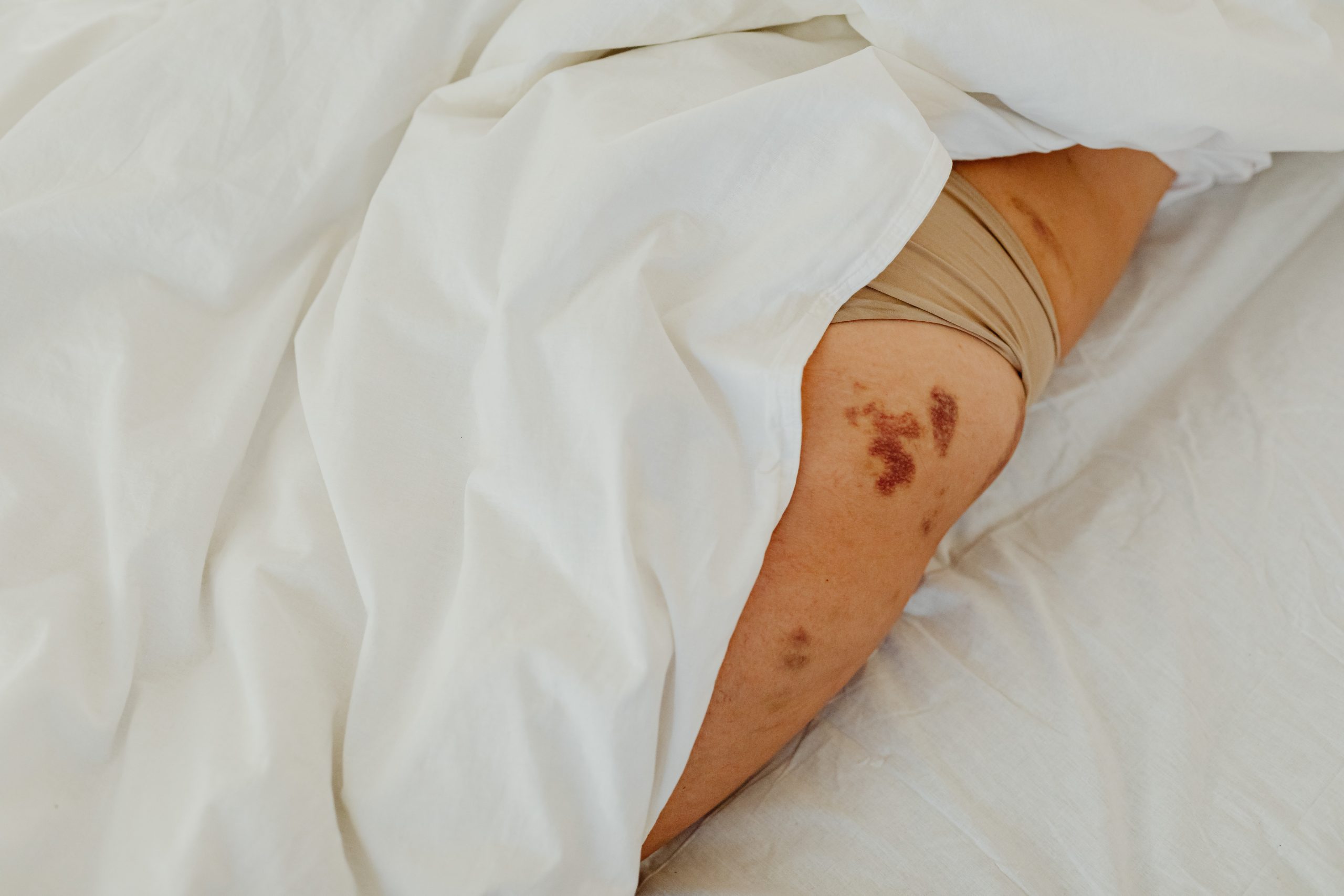Dry socket or Alveolar Osteitis is a condition that typically appears after tooth extraction. It is not painful in the beginning, however, the pain begins about 2 days after the extraction and lasts up to 7 days.
Once a tooth is pulled out of the socket, a blood clot will typically form to help protect and heal the gums. A dry socket is a result of the blood clot not forming, dislodging, or dissolving too early. If this happens, the nerve endings, tissue, and bone are exposed and can cause excruciating pain.
Here are 4 dry socket symptoms that could appear after oral surgery:
1. Pain
You may not feel pain in the socket where your tooth once grew until 2 or 3 days after the removal of the tooth. This is because the amount and strength of Lidocaine remain in the gum tissue and blocks pain signals for the first few days.
You may develop a strong, throbbing pain in or near the jaw. This pain could travel up to your neck, ear, temple, or eye, especially on the same side as the tooth extraction. This is not uncommon, and should not last more than a few hours. If the pain is persistent and will not go away, contact the oral surgeon or dentist that removed the tooth immediately.
2. Bad Breath
After a dental procedure such as tooth extraction, a common side effect of dry socket is persistent bad breath. This could be a sign of an infection in the area where the tooth was taken out. If you have brushed your teeth, tongue and used a gentle rinse, and you continue to experience bad breath, it is important to call your dentist or oral surgeon.
3. Delayed Healing
Typical healing of the socket where a tooth once lived takes anywhere from a week to under a month. If you are still experiencing pain and other dry socket symptoms after that time, you need to contact your oral surgeon or dentist. Although rare, there could be an infection in the socket.
An infection could be from the instruments used during the extraction. They are always clean and sterile, however, they could poke or cut your gums. This type of cut could introduce general mouth bacteria into the cut. It is important to take any medications, like antibiotics, until the full course is done to keep your mouth healthy.
4. Infection
Again, this is a rare side effect of dry socket, but it can happen if you do not take care after dental surgery. Follow the dentist’s instructions carefully. Be sure to watch what you eat for a few days after tooth extraction. If you do eat something, not on the list of approved foods, make sure you rinse out your mouth and gently brush your teeth. This will ensure there are no food particles left in the opening that could cause bacteria or infection.
The best thing you can do for a dry socket is to clean the area, drink plenty of water, follow the recommendations for after a tooth extraction care from the dentist, and get rest your mouth and voice.




